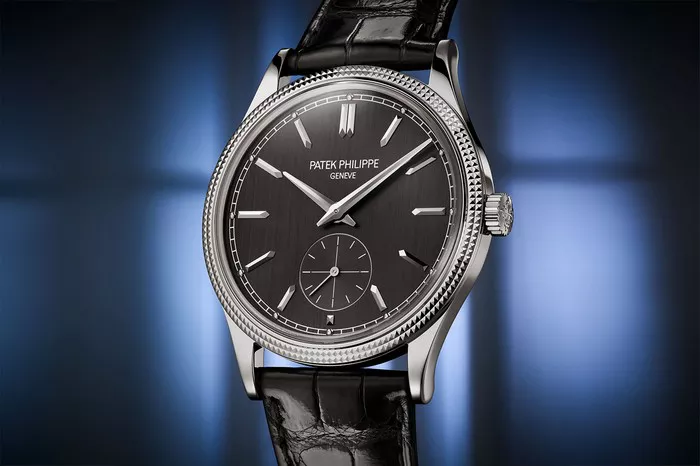Patek Philippe is one of the most esteemed names in haute horology, known for its exquisite craftsmanship, limited production, and timeless designs. Understanding the number of watches Patek Philippe produces annually sheds light on the brand’s commitment to exclusivity and quality. This article delves into the specifics of Patek Philippe’s annual production numbers, providing a detailed examination of their manufacturing philosophy, market positioning, and implications of their production choices.
Overview of Patek Philippe
Patek Philippe was established in 1839 by Antoni Patek and Adrien Philippe. Renowned for its mechanical innovations and enduring designs, the brand has set standards in luxury watchmaking. Its legacy includes the creation of some of the most coveted timepieces in horology.
Annual Production Numbers
1. Production Volume
Patek Philippe’s annual production is notably limited, maintaining its position as a prestigious and exclusive brand. On average, Patek Philippe produces approximately 60,000 to 70,000 watches per year. This relatively low volume compared to other luxury watch brands helps sustain the brand’s exclusivity and high market value.
2. Factors Influencing Production Volume
Craftsmanship and Quality Control: Each Patek Philippe watch undergoes rigorous quality control and craftsmanship. The intricate processes involved in creating these timepieces ensure that only a limited number can be produced annually.
Innovation and Complexity: The brand’s focus on producing complicated watches such as perpetual calendars, minute repeaters, and grand complications contributes to the limited number of watches they can manufacture each year.
Demand and Market Positioning: By controlling production numbers, Patek Philippe maintains high demand and value for its timepieces. This strategy also helps prevent market saturation and preserves the brand’s exclusivity.
Production Philosophy
1. Craftsmanship and Artistry
Patek Philippe’s commitment to exceptional craftsmanship is evident in its production process. Each watch is handcrafted with meticulous attention to detail, often involving hundreds of hours of labor. This craftsmanship not only ensures the precision and durability of each watch but also contributes to the limited production volume.
2. In-House Production
The company prides itself on producing nearly all components of its watches in-house. This vertical integration allows for stringent quality control and ensures that every part meets the brand’s high standards. Patek Philippe’s in-house production capabilities include the manufacture of movements, cases, dials, and even the intricate finishing touches.
3. Heritage and Tradition
Patek Philippe values tradition and heritage, which influences its production methods. The brand adheres to time-honored techniques while incorporating modern innovations. This blend of tradition and innovation contributes to the unique character and appeal of Patek Philippe timepieces.
See Also: Top 10 Most Expensive Patek Philippe Watches
Market Impact of Limited Production
1. Exclusivity and Prestige
The limited annual production enhances the exclusivity and prestige of Patek Philippe watches. Collectors and enthusiasts value the rarity of these timepieces, and the brand’s limited production ensures that their watches remain coveted and sought-after.
2. Investment Value
Due to their limited numbers and high demand, Patek Philippe watches often appreciate in value over time. The scarcity of new models and the brand’s reputation for producing high-quality timepieces contribute to their status as valuable investment pieces.
3. Secondary Market Dynamics
The secondary market for Patek Philippe watches is robust, with pre-owned models often commanding high prices. The limited production plays a significant role in driving up demand and prices in the secondary market, further enhancing the brand’s market position.
Future Outlook
1. Innovation and Evolution
As Patek Philippe continues to innovate and evolve, the number of watches produced annually may fluctuate. The brand’s focus on innovation, coupled with its commitment to maintaining exclusivity, will likely influence future production volumes.
2. Market Trends and Demand
Changes in market trends and consumer demand can impact production decisions. Patek Philippe’s ability to balance production with demand will be crucial in maintaining its esteemed position in the watchmaking industry.
3. Sustainable Practices
The brand’s commitment to sustainable practices may also play a role in future production decisions. As environmental considerations become increasingly important, Patek Philippe may incorporate more sustainable practices into its production processes while maintaining its high standards of quality.
Conclusion
Patek Philippe’s annual production of approximately 60,000 to 70,000 watches reflects its dedication to craftsmanship, exclusivity, and quality. The brand’s limited production numbers enhance its prestige and value, making each timepiece a coveted item among collectors and enthusiasts. Understanding Patek Philippe’s production philosophy provides insight into the factors that contribute to its esteemed position in the watchmaking industry and highlights the brand’s commitment to preserving its legacy while navigating future trends.

